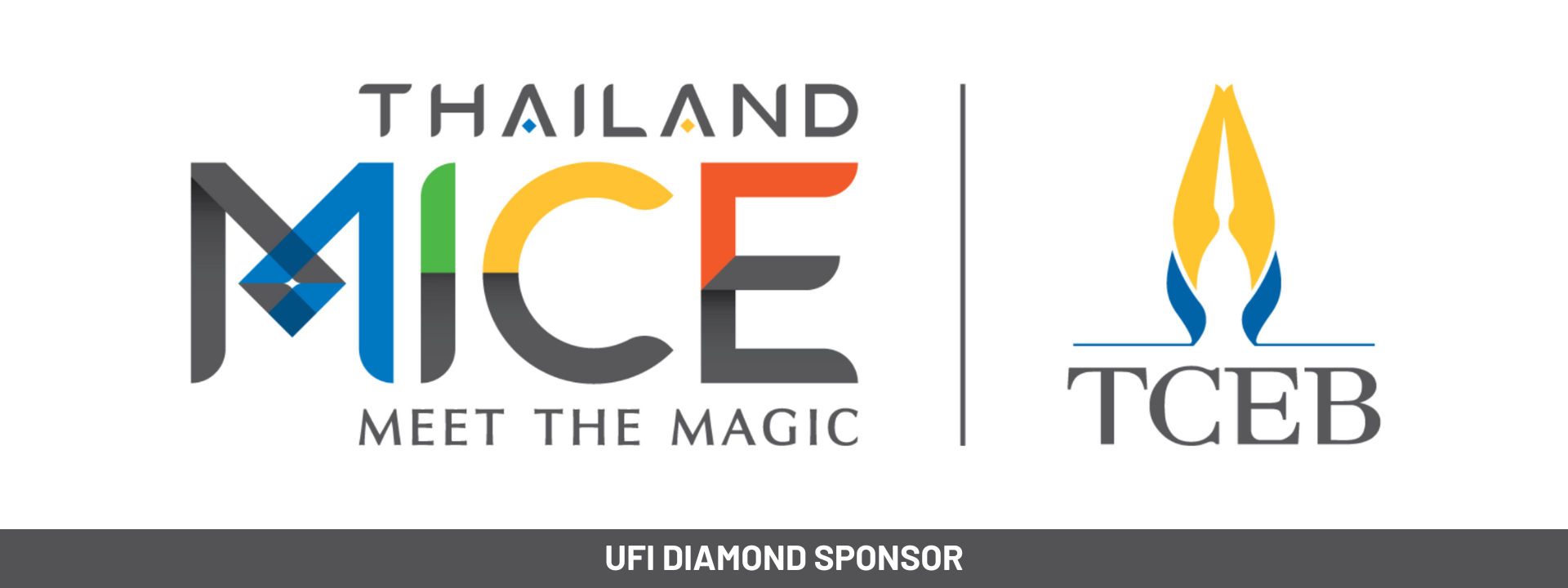
Contribution by: Mrs. Supawan Teerarat, Vice President of Strategic and Business Development, TCEB.
Geographically, Thailand’s place at the centre of the ASEAN region and its impressive GDP ensuring it holds the attention of businesses around the world. The country is perfectly positioned to enable any company looking to make its name in the ASEAN region achieve their goals through a famously supportive exhibition industry.
However, without a strong infrastructure network supporting its exhibition industry, there is much less chance of it being successful.
The country’s appeal stems from its role as a regional powerhouse of production and export. Its free trade agreements (FTAs) with Australia, China, India, New Zealand and the 10 member countries of the ASEAN region make the country even more attractive for exhibition organisers.
But trade infrastructure, like charity, begins at home. Development corridors in the centre, south coast and north of the country are creating physical channels that accelerate both industrial growth and the expedition of industry. “The North – South Economic Corridor, and the East – West Economic Corridors take advantage of, for example, our strategic location as the ‘gateway to Indochina’, through the CLMV,” says Supawan Teerarat, TCEB’s Vice President of Strategic and Business Development.
Of course once you have the crowds, you need the marketplace. And there is a great deal of marketplace in Thailand. The country’s total area of covered exhibition space is 256,984sqm, up from 222,284sqm in 2014.
Crucially, this space is being used. Exhibitions in Thailand posted impressive growth in 2014; net space sold was up 8.6 per cent, leaping from 506,250sqm in 2013 to 550,000sqm in 2014. This gave the country the fifth-highest ranking in Asia, in terms of square metres sold at exhibitions.
Finally, the transit of people, as well as products and supplies into and out of the country, is also a key infrastructure issue.
This development of transport via land and rail reduces logistical complications across the region, lowering transportation costs, and enabling people can travel without boundaries just like in EU.
“This will increase demand in cross border trading tremendously and leads directly to greater benefits for Thailand’s exhibitions; which we believe will be decentralised, increasingly appearing in the major cities near the border of CLMV, as well as the southern part of Thailand connected to Malaysia,” Teerarat comments.
Such continuous investment in transportation and venue space, regional infrastructure development channels new life into the region, and brings seamless connectivity to exhibitions in Thailand.




Leave A Comment